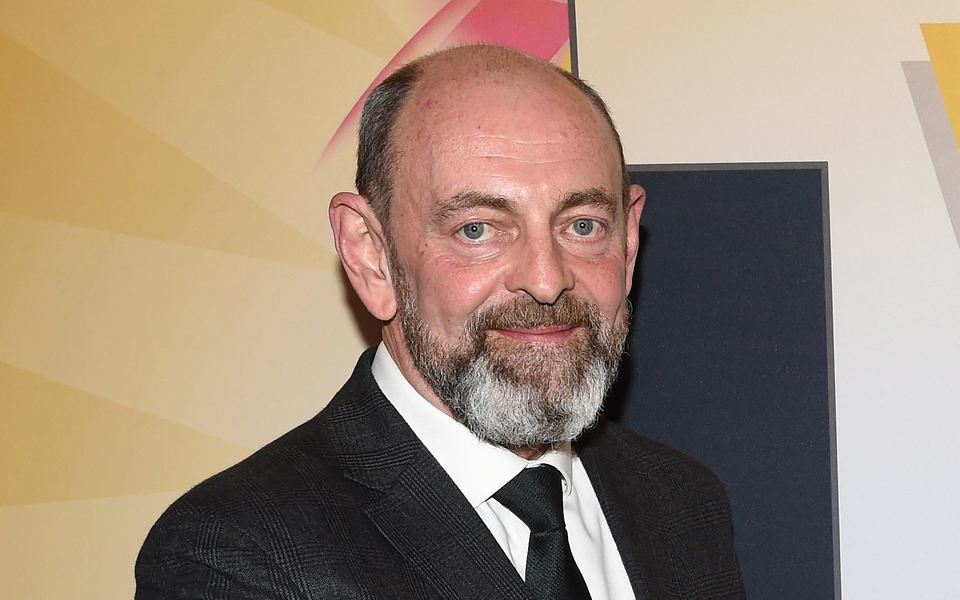
Published Thursday 10 March 2022 at 11:29
In his weekly Coronavirus column, our Director of Public Health Prof Dominic Harrison considers why Covid hospitalisations are increasing across England, despite falling case rates.
As the Omicron surge subsides, interpretation of the local authority level Covid case rates and hospitalisation data will become more complex.
Recorded Covid case rates are continuing to fall across Lancashire, but public testing and reporting behaviours across the UK have now changed significantly. As with other local authority areas, testing rates in Blackburn with Darwen have fallen from a high of around 800 per 100,000 at the peak of the Omicron wave in January to 189 now. Much of that fall in those coming forward for testing will be because fewer people have symptoms. This is due to both lower actual cases and the fact that many of the new cases are re-infections, which are in general more likely to be asymptomatic.
Many people who had been testing even without symptoms have now stopped, and from 1st April the government intends to charge for testing. That will reduce testing rates even further. Of those who are still currently testing, positivity rates have fallen from a high of over 42% in January to 5.6% now. We can therefore be reasonably confident that although the overall case rates are not accurate, the positivity rate is showing us that cases are genuinely declining.
Covid hospital admissions are now rising again across England. The National Covid Actuary Group say Covid hospital admissions across England were up 16% in the last seven days. The biggest increase was among those aged 65 to 84 (up 12%) and 85 plus (up 9%). There’s a slight increase for ages 18-64 (up 2%) with admissions still falling for the under 18s (down 10%).
We think this is due to a faster than expected waning of immunity in those who are triple jabbed who are older or more clinically vulnerable, who are furthest from their booster jab and who are more likely to have weaker immune systems. But, like case rates, this indicator is also more complex to interpret than it was. Although we do not have good data across the whole of Lancashire, one hospital in the county has reported rising Covid admissions, but they say that only 20% of these admissions were for Covid-related illness with 80% of their Covid admissions being for non-Covid causes but where Covid was diagnosed only following testing on admission.
Blackburn with Darwen now has the 3rd highest UK cumulative Covid case rate in the UK, Burnley is 5th highest and Hyndburn 11th. This will give Pennine Lancashire a significant ‘long tail’ impact from the pandemic. The Guardian newspaper reports that “More than a third of working-age people in the UK now suffer from a long-term illness, with new figures showing a dramatic rise since the pandemic began. Post-Covid conditions, including Long Covid, breathing difficulties and mental health problems, are among the causes. Analysis of the Office for National Statistics’ labour market status of disabled people figures shows that nearly 14.2 million people in the UK aged 16 to 64 said they had a health condition lasting for at least 12 months in 2021 – a rise of 1.2 million during the two years of the pandemic.”
Gradually increasing physical activity for those suffering from either mental or physical affects after Covid may well be one of the most important interventions to help with Covid recovery. New research published in the Journal of the American Medical Association suggests that “approximately 110,000 deaths per year could be prevented if US adults aged 40 to 85 years or older increased their activity by 10 minutes per day”.
So, despite continuing financial pressures, Blackburn with Darwen Council intend to re-instate our Re:Fresh free leisure offer to help those affected by the pandemic to recover their health and wellbeing. It’s an investment that will improve both lives and livelihoods across the borough and speed up our local Covid recovery.
Filed under : coronavirus | COVID-19 | Dominic Harrison
